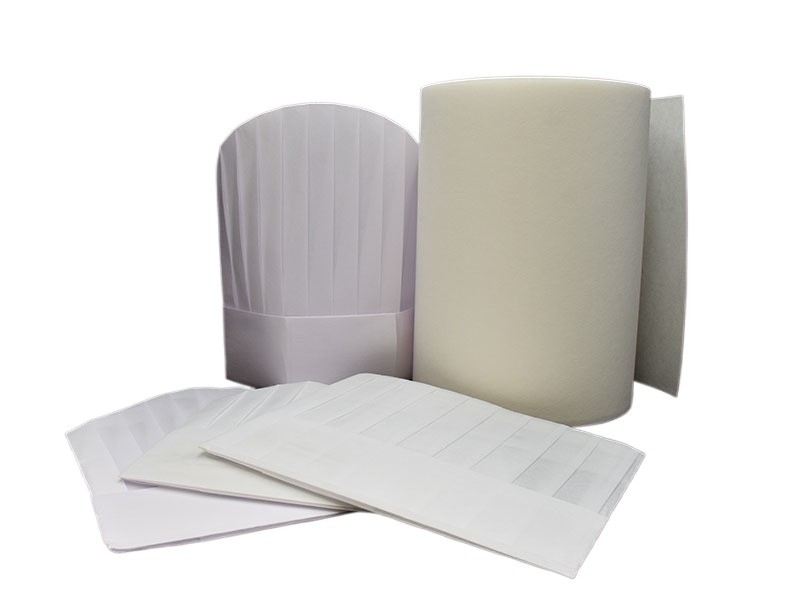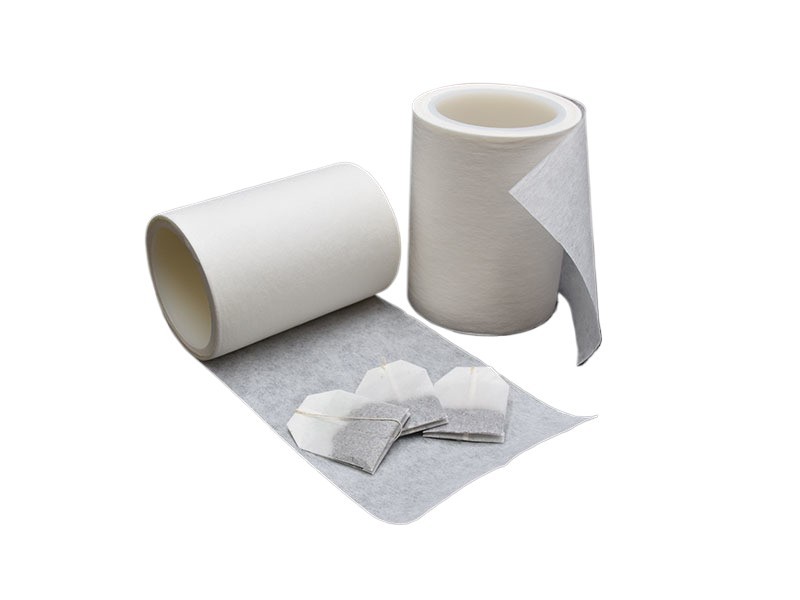The Benefits of Using Lightweight Nonwoven Interlining in Shirt Manufacturing
Release time:
2025-04-28
The Benefits of Using Lightweight Nonwoven Interlining in Shirt Manufacturing
Table of Contents
- Introduction to Lightweight Nonwoven Interlining
- What is Lightweight Nonwoven Interlining?
- Advantages of Lightweight Nonwoven Interlining in Shirt Manufacturing
- Applications of Lightweight Nonwoven Interlining in Shirt Manufacturing
- Innovations in Nonwoven Technology
- Choosing the Right Lightweight Nonwoven Interlining
- FAQs
- Conclusion
Introduction to Lightweight Nonwoven Interlining
In the realm of shirt manufacturing, the choice of materials profoundly impacts the final product's quality, durability, and wearer satisfaction. **Lightweight nonwoven interlining** emerges as a revolutionary option, offering numerous benefits that cater to both manufacturers and consumers. As the textile industry evolves, understanding the advantages of this innovative material is essential for modern shirt production.
What is Lightweight Nonwoven Interlining?
**Nonwoven interlining** refers to a fabric made from fibers bonded together through various methods such as heat, chemical, or mechanical processes, rather than traditional weaving or knitting. Lightweight nonwoven interlining specifically is characterized by its thin, breathable structure, providing additional support without adding unnecessary bulk. This material is primarily used to reinforce areas of shirts, such as collars, cuffs, and plackets, ensuring they maintain their shape and structure over time.
Advantages of Lightweight Nonwoven Interlining in Shirt Manufacturing
The adoption of lightweight nonwoven interlining in shirt manufacturing presents several key advantages, making it a preferred choice for designers and manufacturers alike.
Quality Enhancement
One of the most significant benefits of lightweight nonwoven interlining is its ability to enhance the overall quality of shirts. This material provides a smooth finish and helps maintain the crispness of structured elements, resulting in a polished appearance. By utilizing this interlining, manufacturers can produce shirts that not only look better but also stand the test of time through repeated wash and wear cycles.
Increased Comfort
Comfort is a critical factor in clothing, and lightweight nonwoven interlining excels in this area. The breathable nature of this material allows for better air circulation, preventing overheating and ensuring a pleasant wearing experience. Additionally, the lightweight aspect means that it does not add extra weight to the garment, allowing for ease of movement and flexibility.
Sustainability Features
With growing environmental concerns, sustainability has become a vital consideration in the textile industry. Lightweight nonwoven interlining can be manufactured from recycled materials, contributing to a reduction in waste. Furthermore, its efficient production process typically requires less energy and water compared to traditional woven fabrics, making it an eco-friendly choice for conscientious brands.
Applications of Lightweight Nonwoven Interlining in Shirt Manufacturing
Lightweight nonwoven interlining finds its application in various aspects of shirt manufacturing, enhancing both design and performance.
Design and Structure
In the design phase, lightweight nonwoven interlining plays a crucial role in shaping the structure of shirts. It helps stabilize collars, cuffs, and other critical areas, ensuring they maintain their intended form. This material allows for intricate designs without compromising on functionality, offering designers the freedom to explore innovative styles.
Performance Features
In terms of performance, lightweight nonwoven interlining contributes to the overall durability and resilience of shirts. It enhances the fabric's ability to resist wrinkling, maintain shape, and withstand wear, leading to longer-lasting garments. Additionally, it can provide water-repellent or stain-resistant properties, further elevating the shirt's performance in everyday wear.
Innovations in Nonwoven Technology
The development of lightweight nonwoven interlining has been propelled by ongoing innovations in nonwoven technology. Advances in fiber production, bonding techniques, and finishing processes have led to the creation of high-quality interlining options that offer enhanced performance and versatility. These innovations allow manufacturers to customize nonwoven interlining for specific applications, catering to diverse consumer needs.
Choosing the Right Lightweight Nonwoven Interlining
Selecting the appropriate lightweight nonwoven interlining is essential for achieving the desired results in shirt manufacturing. Several factors should be considered, including:
- **Fabric Compatibility**: Ensure that the interlining chosen complements the main fabric of the shirt, enhancing its performance without compromising its natural characteristics.
- **Weight and Thickness**: Different weights and thicknesses offer varying levels of support and comfort. Manufacturers should carefully assess the intended use of the shirt to select the ideal interlining.
- **Adhesive Properties**: The adhesive used to bond the interlining to the shirt fabric is crucial. A quality adhesive will ensure that the interlining stays securely in place during production and throughout the garment's life.
FAQs
1. What is the main purpose of using nonwoven interlining in shirts?
The primary purpose is to provide structural support, enhancing the shape and durability of elements like collars and cuffs while maintaining a lightweight feel.
2. Is lightweight nonwoven interlining suitable for all types of shirts?
While it is highly versatile, the suitability of lightweight nonwoven interlining depends on the fabric and design of the shirt. It works best with structured styles.
3. Can nonwoven interlining improve the fabric's breathability?
Yes, lightweight nonwoven interlining is designed to be breathable, enhancing overall comfort and reducing overheating.
4. How do I care for shirts with nonwoven interlining?
Shirts with nonwoven interlining typically require similar care to regular shirts. Follow the care instructions, and avoid high heat settings to preserve the interlining.
5. Are there eco-friendly options for nonwoven interlining?
Yes, many manufacturers now produce lightweight nonwoven interlining using recycled materials and sustainable processes, contributing to environmental conservation.
Conclusion
The integration of lightweight nonwoven interlining in shirt manufacturing offers a plethora of benefits, from enhancing quality and comfort to promoting sustainability. As the textile industry continues to innovate, understanding and leveraging the advantages of this material will empower manufacturers to create superior garments that meet the evolving demands of consumers. By choosing the right lightweight nonwoven interlining, we can not only improve the products we offer but also contribute to a more sustainable future in fashion.
Lightweight Nonwoven Interlining for Shirts
Latest News
Nantong Rainbow Technology Co., Ltd.
Telephone:+86-13587673537
E-mail:chrislc717@163.com
Address: Group 42, Xizansi Village, Xiting Town, Tongzhou District, Nantong City, Jiangsu Province

Copyright©2024 Nantong Rainbow Technology Co., Ltd. | Powered by www.300.cn
Copyright©2024 Nantong Rainbow Technology Co., Ltd.
Powered by www.300.cn



